20 photos that will make you want to travel to Budapest
The Danube River splits Budapest in half: Buda is on the west and Pest on the east. Buda is more residential and Pest is more urban.

The iconic Széchenyi Chain Bridge connects Buda and Pest. You can walk or bike across the bridge, which offers incredible city views.
Buda's Castle Hill is a must-see. Dating back to the 13th century, the Unesco World Heritage Site's cobblestone streets are best explored by foot.

Fisherman's Bastion is one of many attractions in Buda's Castle District. The fortress has upper and lower terraces that look out over Pest.
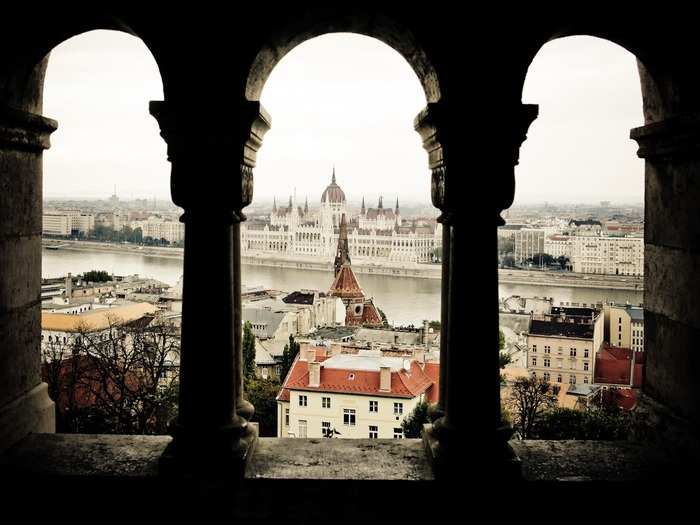
In front of Fisherman's Bastion, Matthias Church is over 700 years old and has hosted the royal weddings of King Matthias and the coronations of the last two Hungarian Habsburg kings in 1867 and 1916.
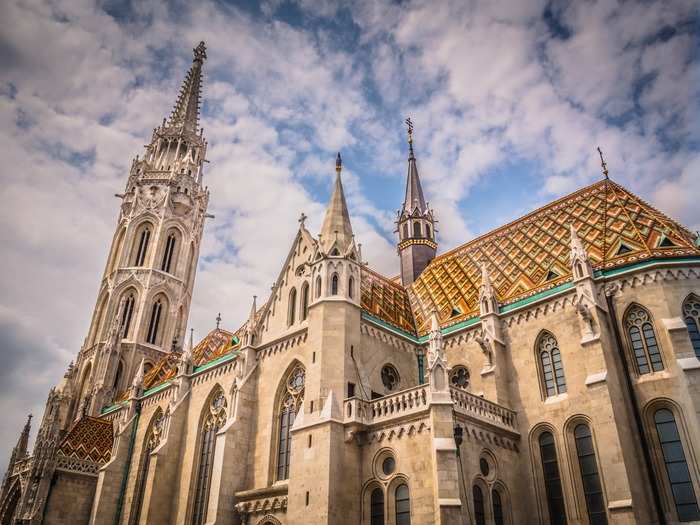
With indoor and outdoor pools, Budapest's Széchenyi Thermal Bath is one of Europe's largest spa complexes.
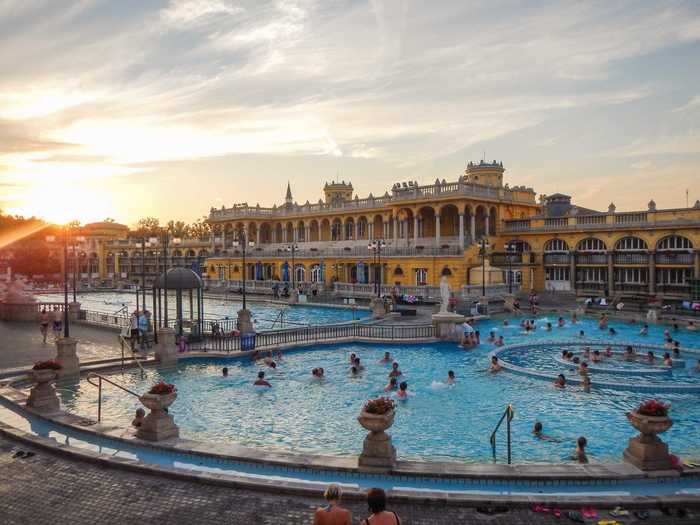
Váci Utca is a popular pedestrian shopping street in downtown Budapest. It's lined with shops, unique boutiques, cafes, restaurants, and hotels.
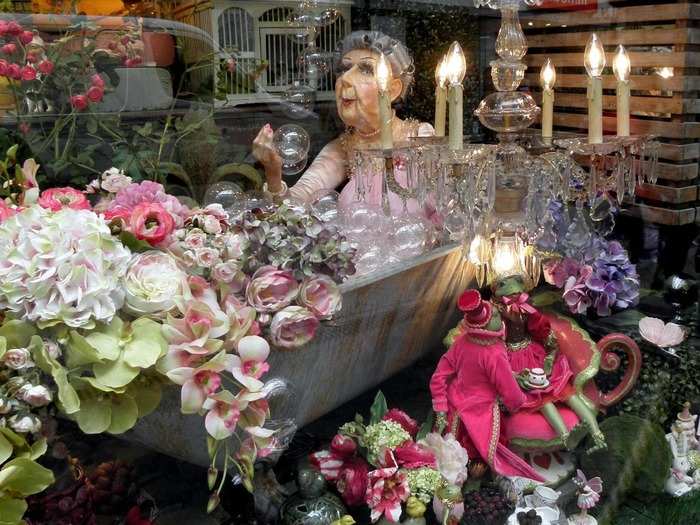
Central Market Hall attracts tourists and locals alike. Located just beyond the popular Váci Utca, it is the largest indoor market in Budapest and sells meats, pastries, Hungarian souvenirs, and more.
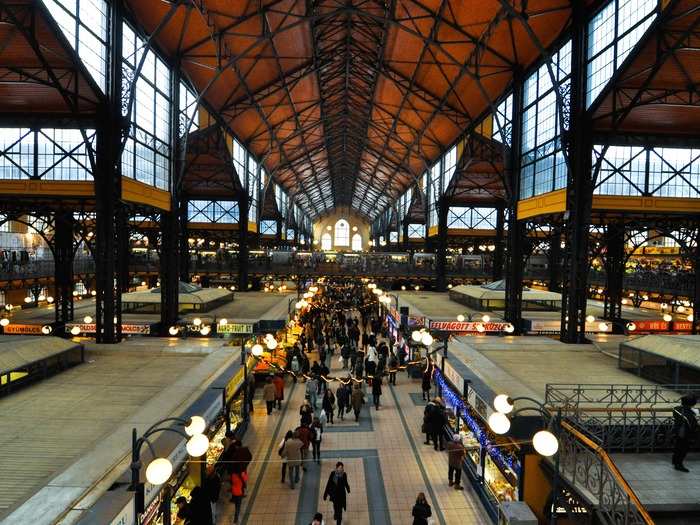
One of Budapest's most famous cafes is Gerbeaud on Vörösmarty tér. It serves Hungary's traditional dobos cake, which is seven layers of sponge cake and chocolate cream topped with caramel.
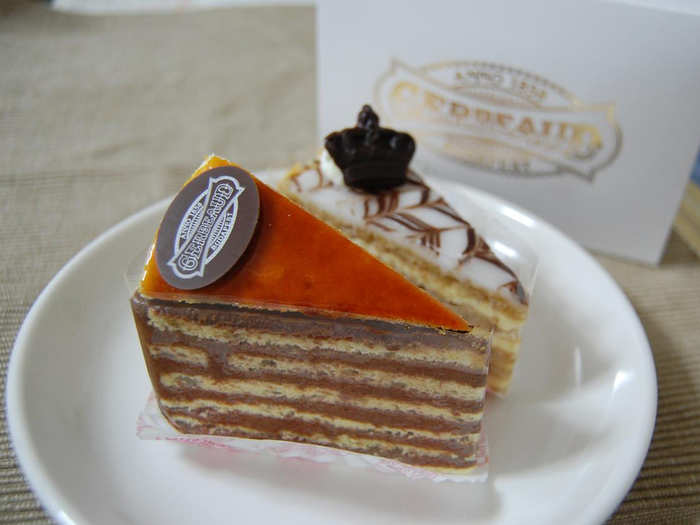
Another traditional dessert is somlói galuska, which is a Hungarian trifle made with three different flavors of sponge cake.
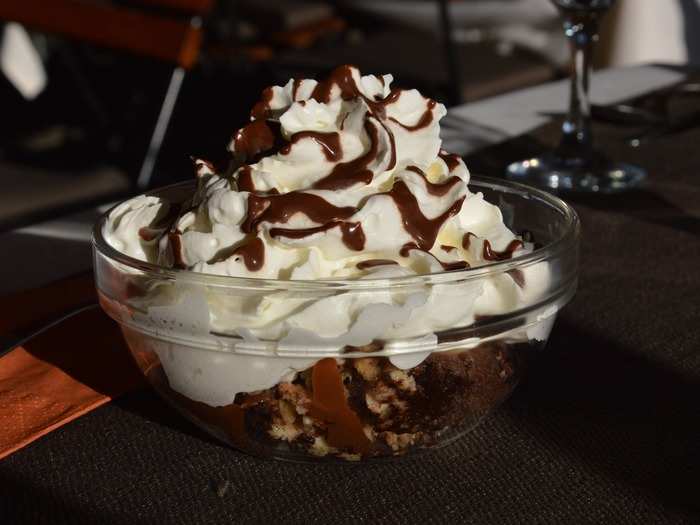
Heroes' Square is the largest square in Budapest. At its center is the Millennium Monument and further afield is the Museum of Fine Arts.
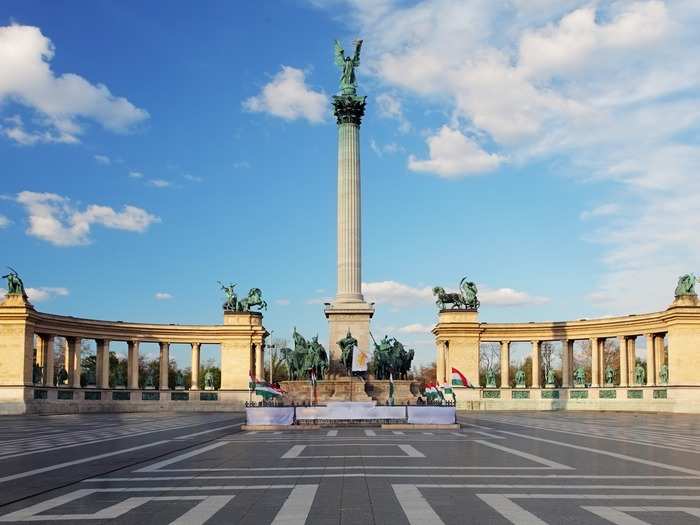
Tourists have the opportunity to tour St. Stephen's Basilica and go up into the cupola for panoramic views of the city.
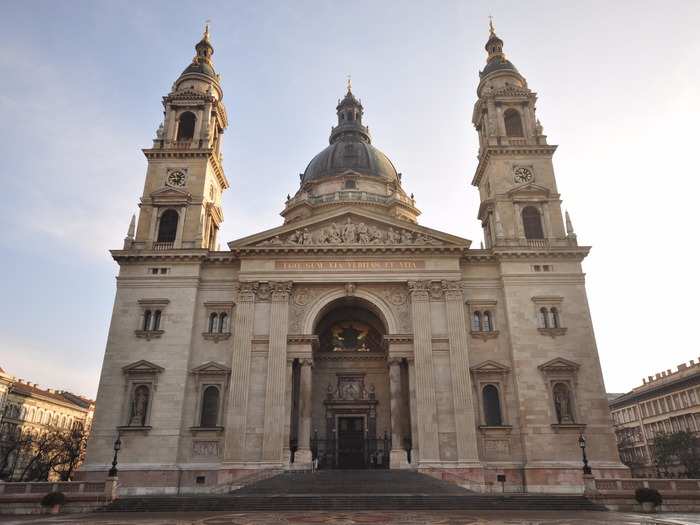
The Gresham Palace is an Art Nouveau landmark that the luxurious Four Seasons Hotel calls home. Opened in 2004, the Hotel is Trip Advisor's 2015 Travelers' Choice winner.
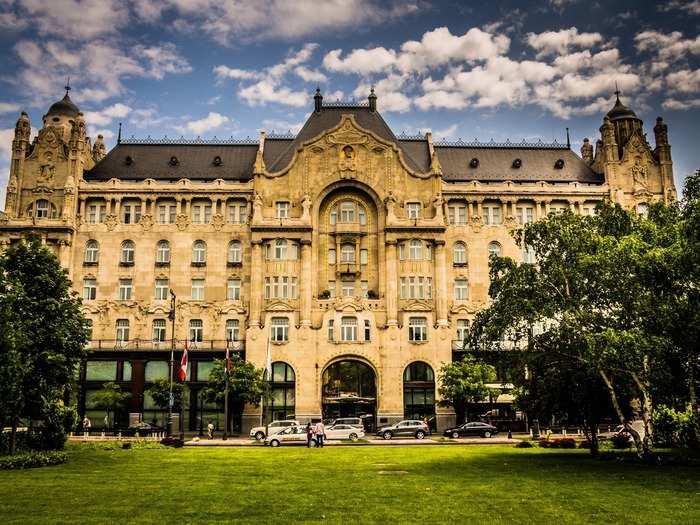
The Dohány Street Synagogue, also known as the Great Synagogue, is the largest synagogue in Europe and second largest in the world (right behind New York's Temple Emanu-El). In 1931, the Hungarian Jewish Museum took over one of the building's wings.
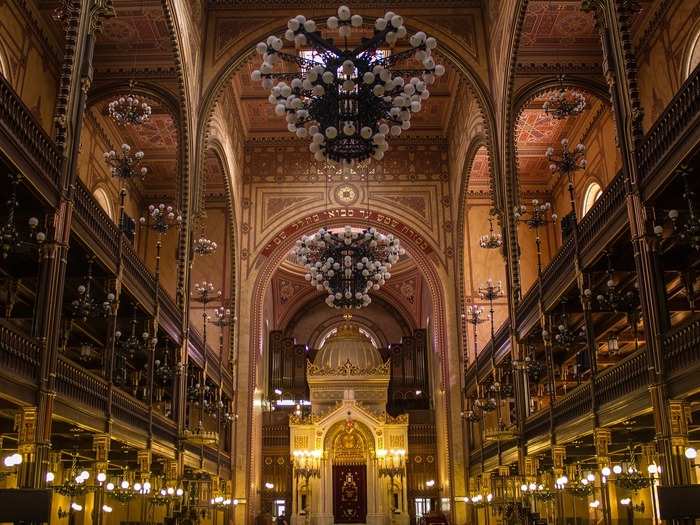
Sixty pairs of iron shoes belonging to men, women, and children line a portion of the Danube River honoring the Budapest Jews who were shot into the river by Arrow Cross militiamen between 1944 and 1945. Hungarian sculptor Gyula Pauer and Can Togay created the memorial.
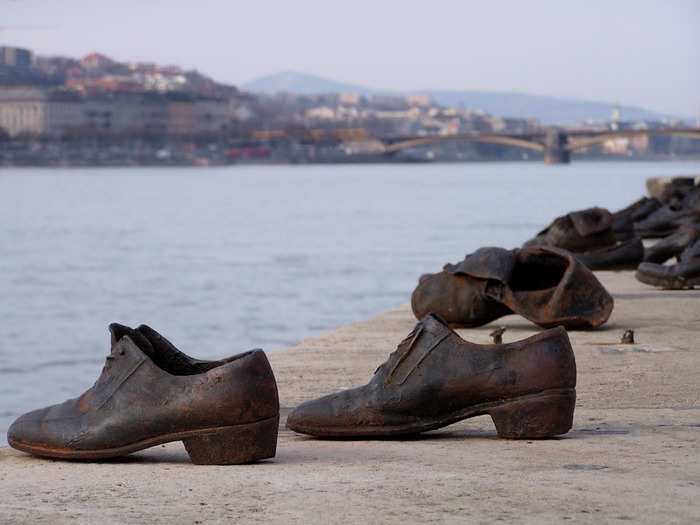
Budapest is also the host city of Europe's Sziget Festival, which takes place on Óbudai Island. Once called "Eurowoodstick," the seven-day festival is full of music, art, circus acts, and street food.
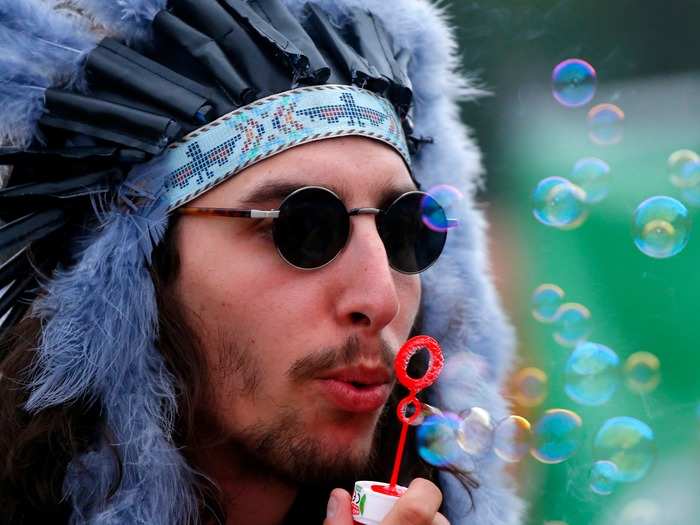
To see all the sites, many tourists take a cruise on the Danube. There are endless cruise options during the day and night, including a cocktail and beer cruise.
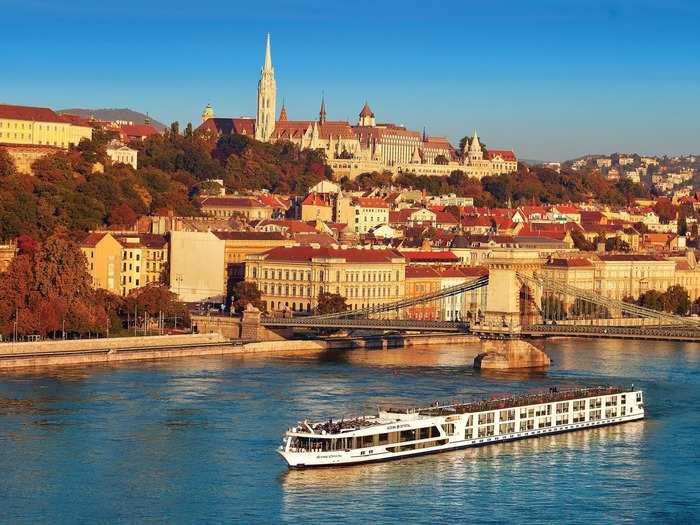
Completed in 1885 and still in use today, Budapest's Millennium Underground (M1) is Europe's first subway line.
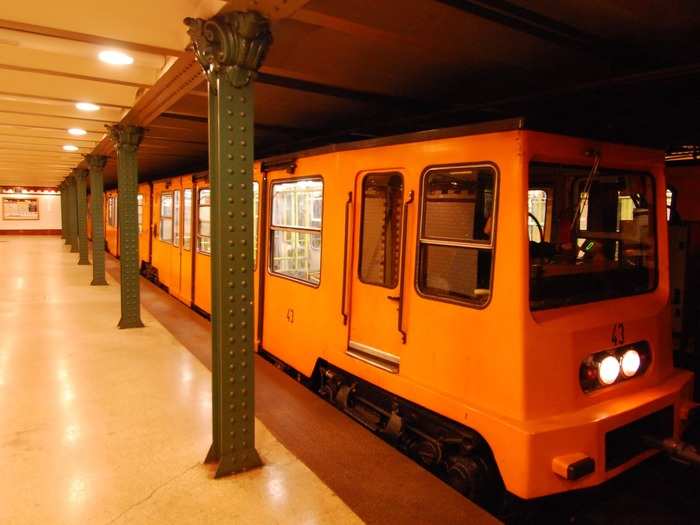
For a fancy night out, the Hungarian State Opera House seats 1,200 people and is ranked one of the world's best for acoustics.
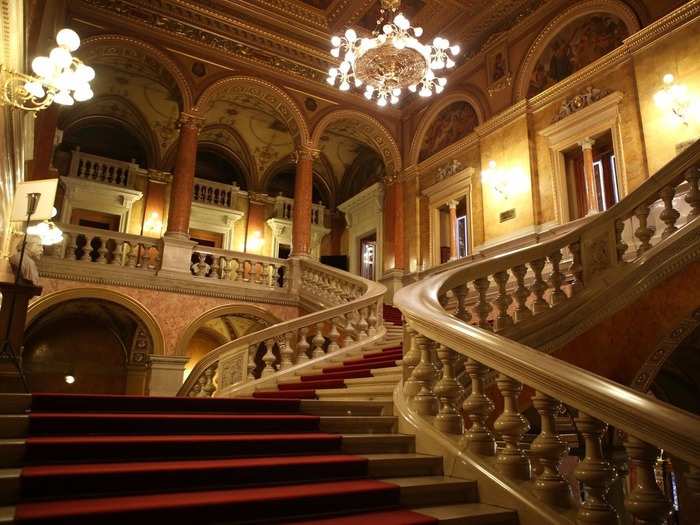
Natural caves also put Budapest on the map. The Szemlohegyi Cave (below) is full of crystal formations and its terrain is kid-friendly.
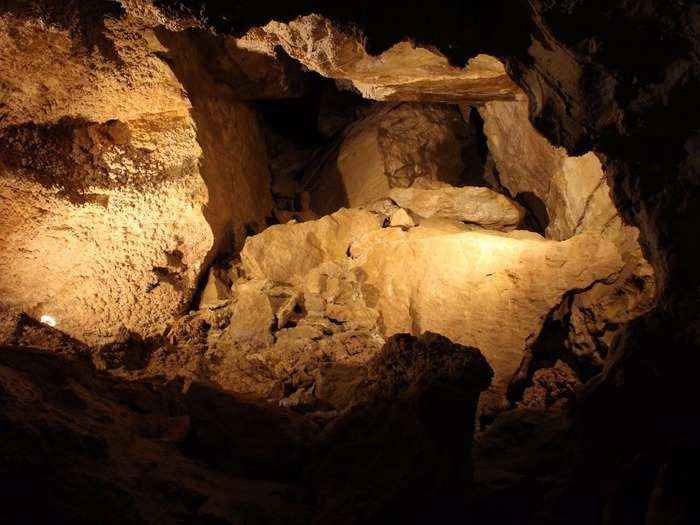
Popular Right Now
Popular Keywords
Advertisement